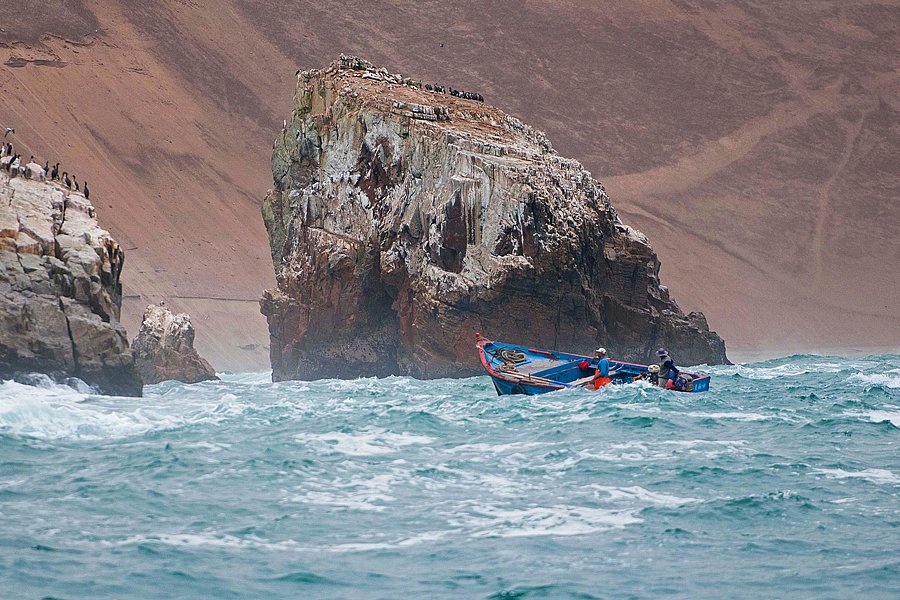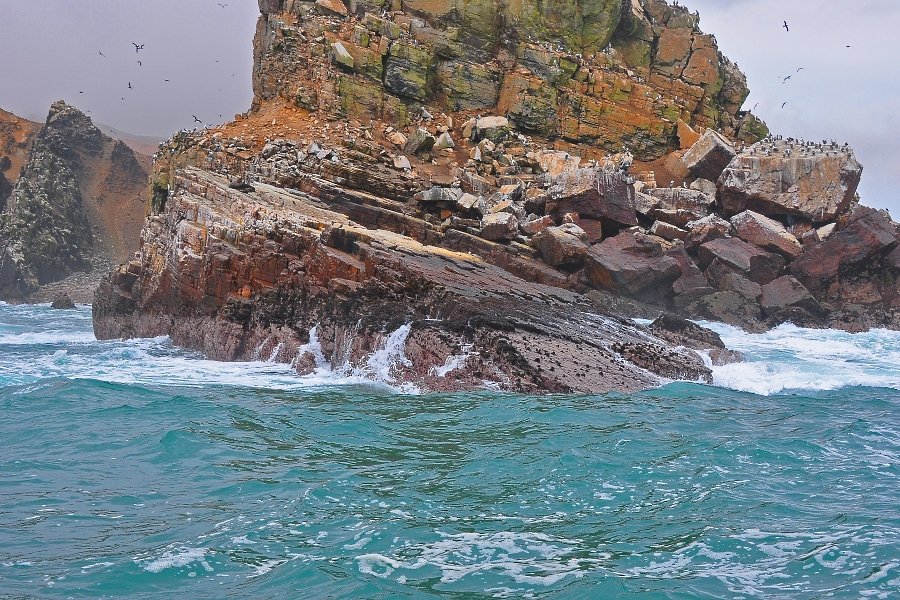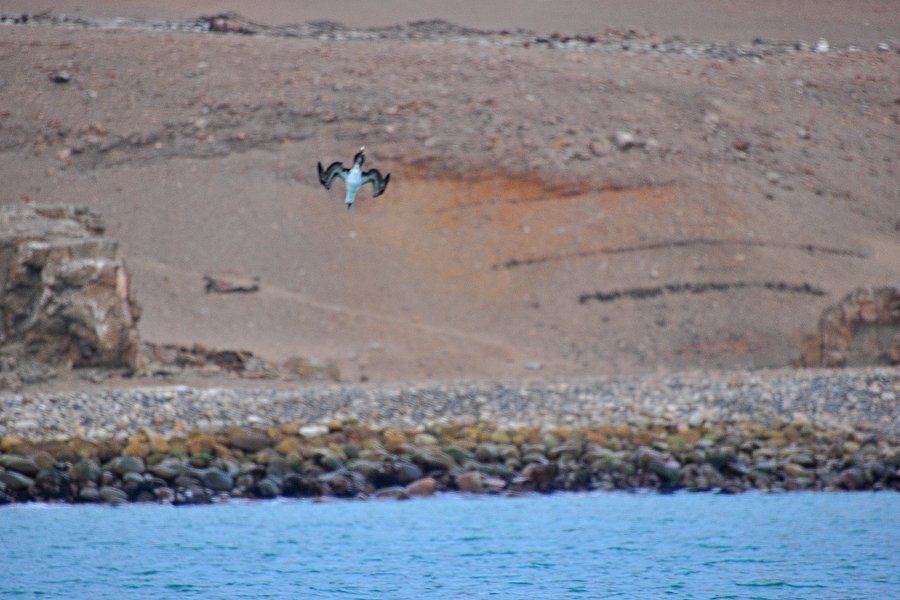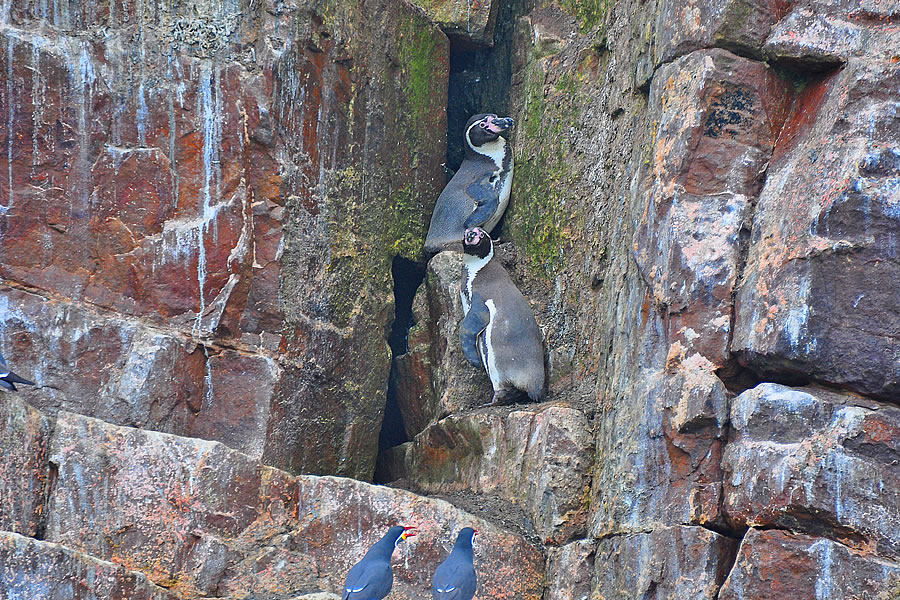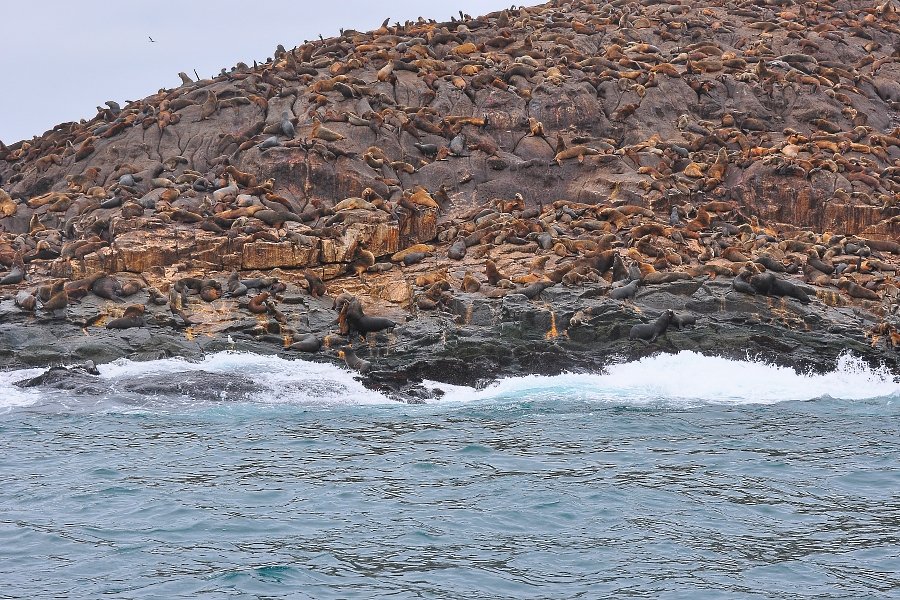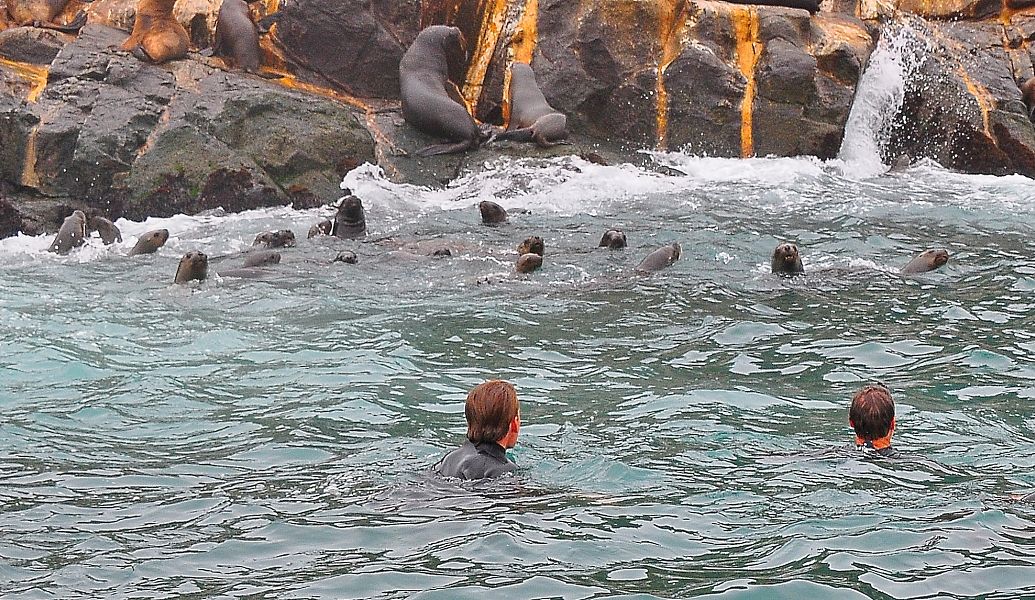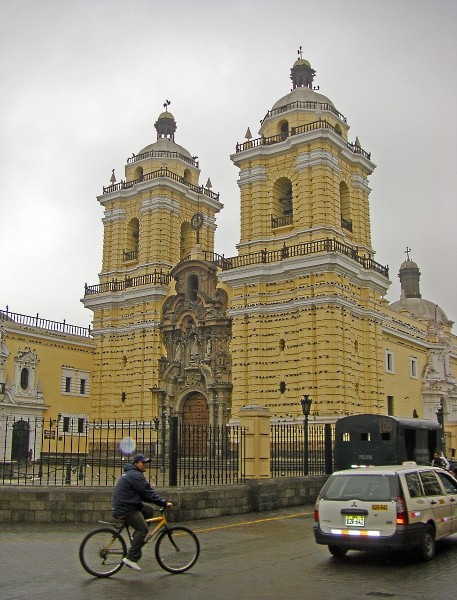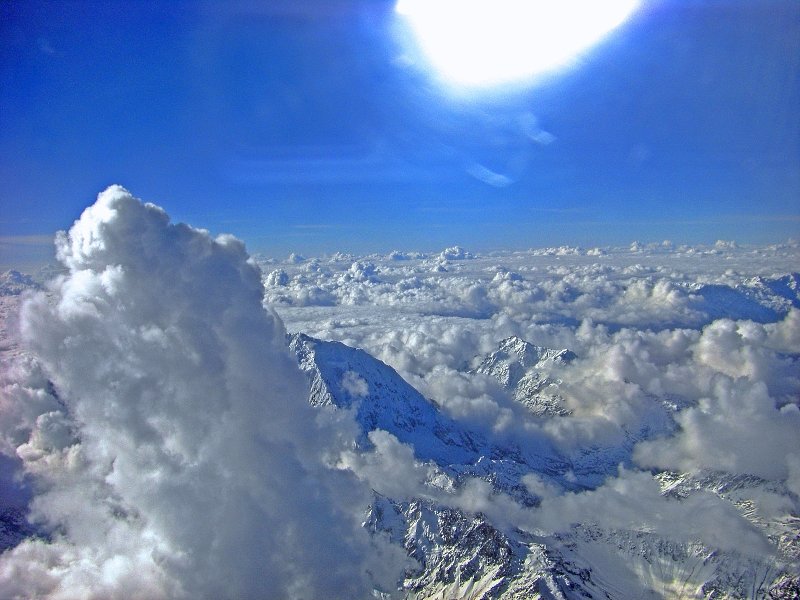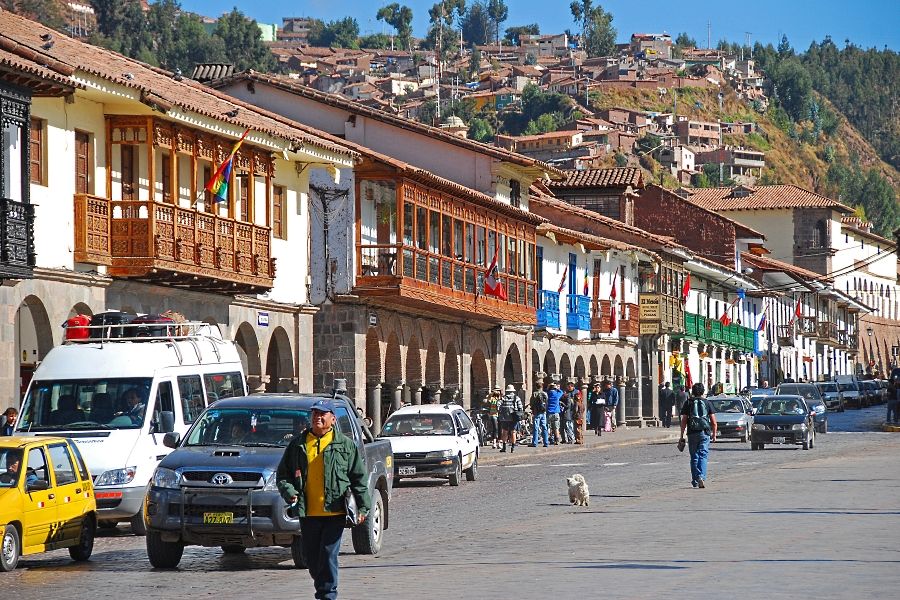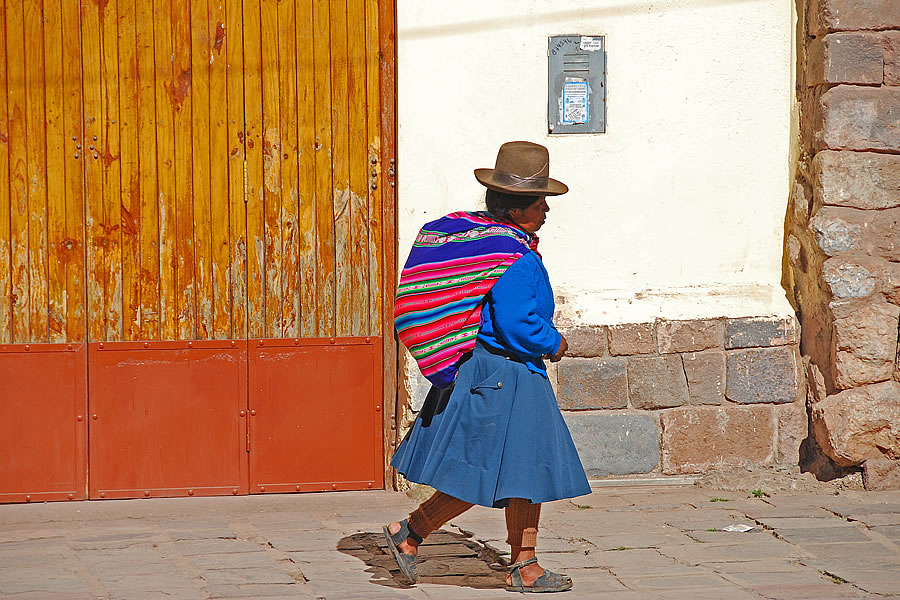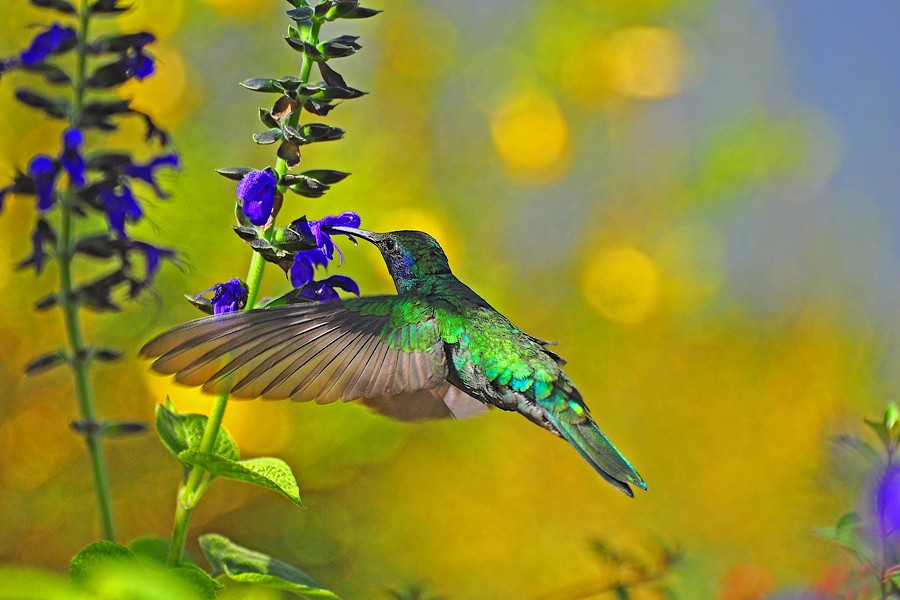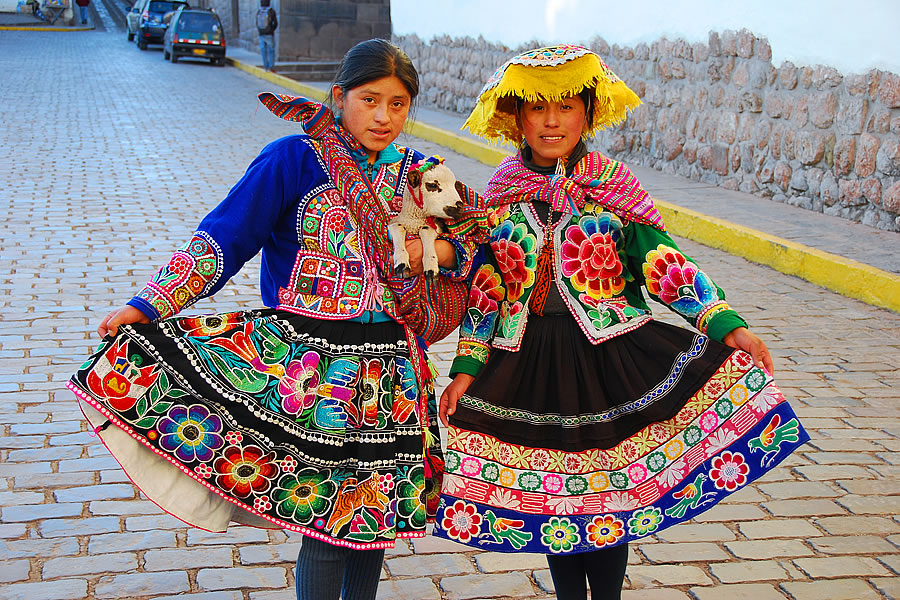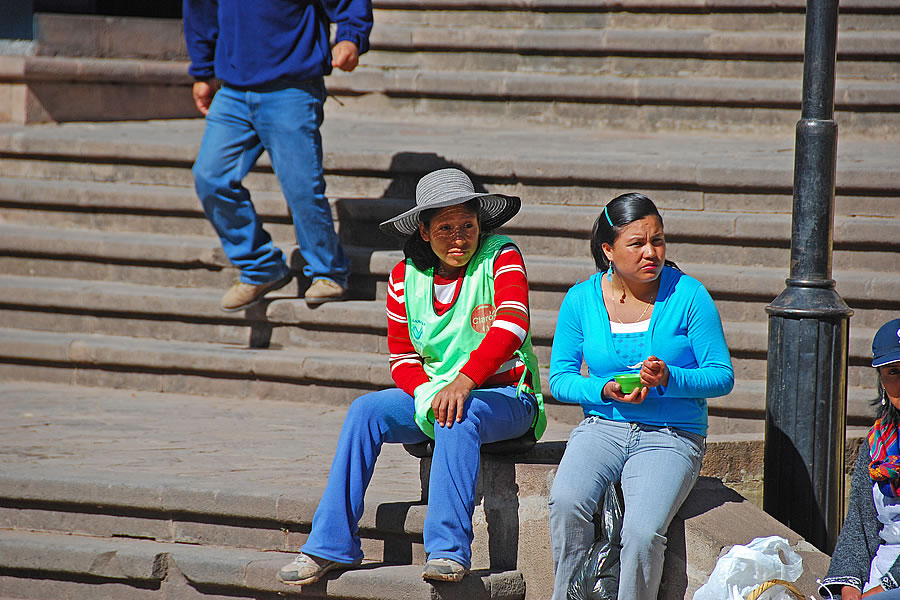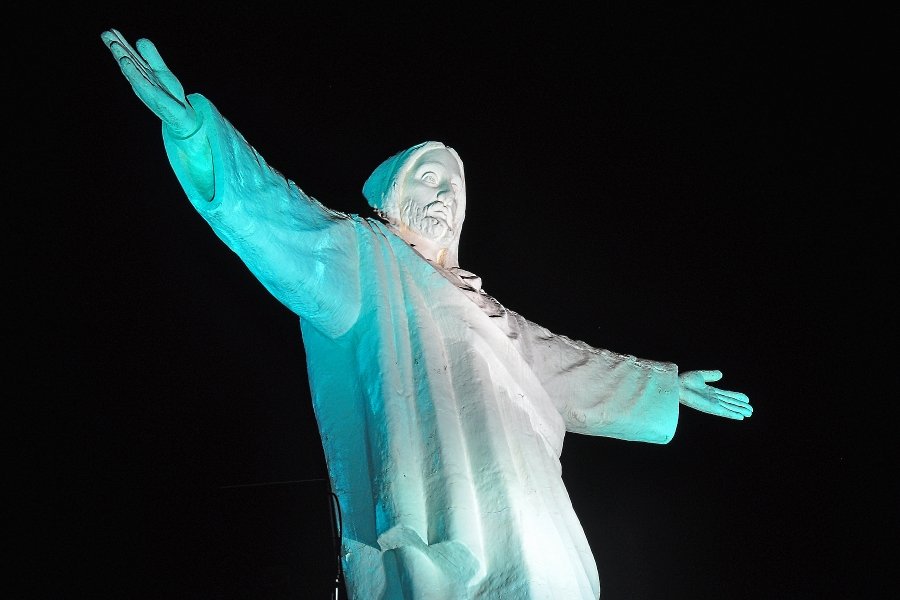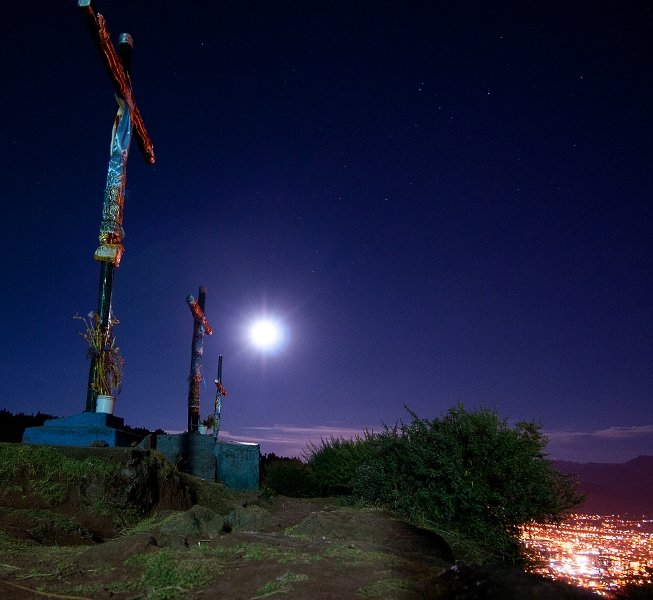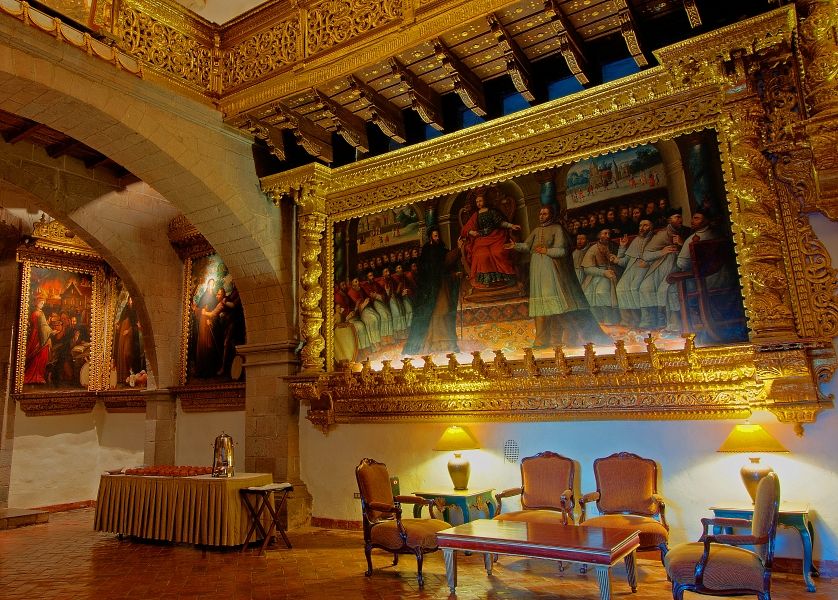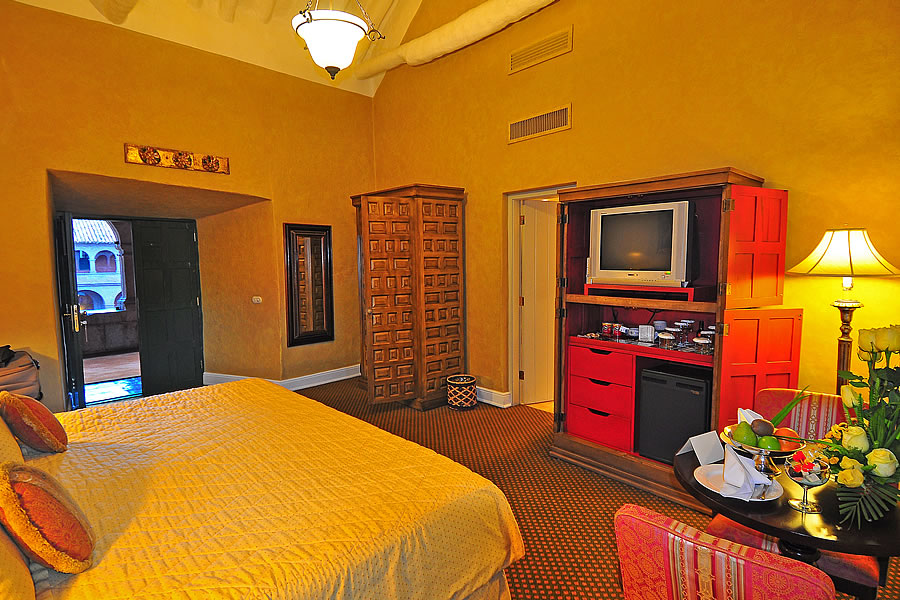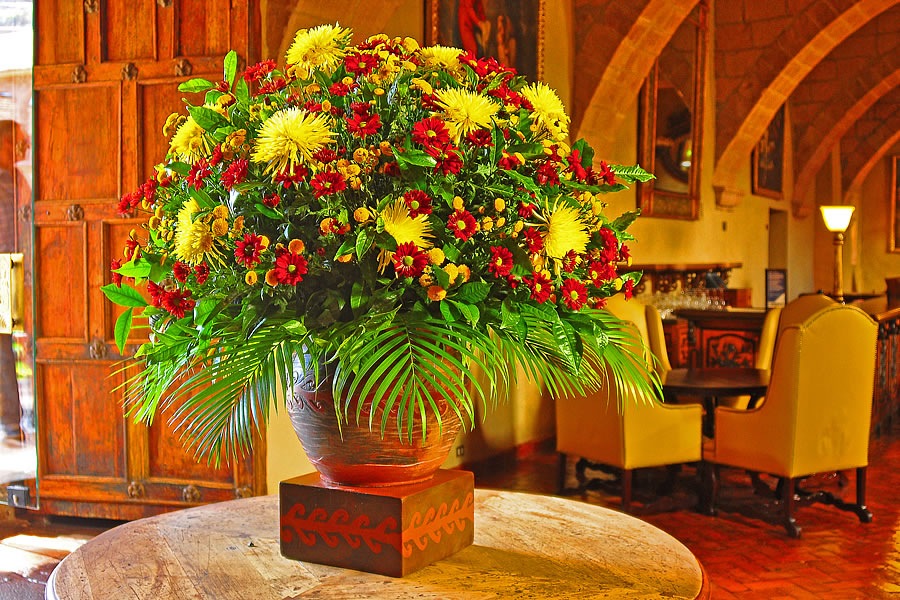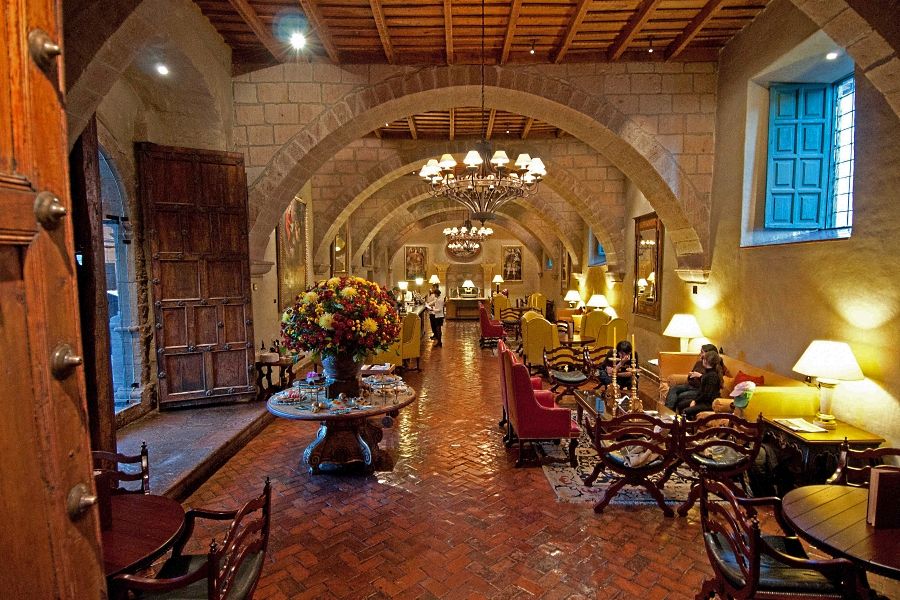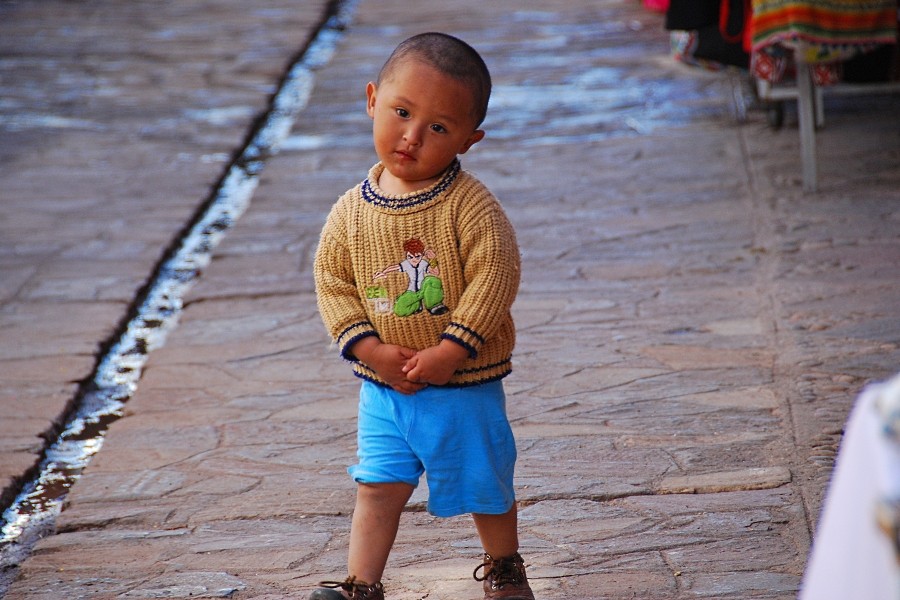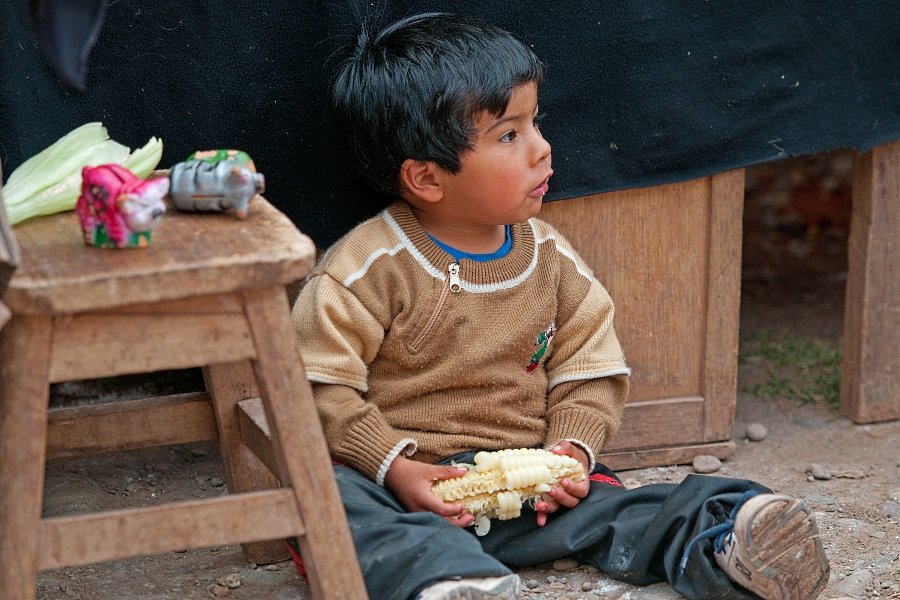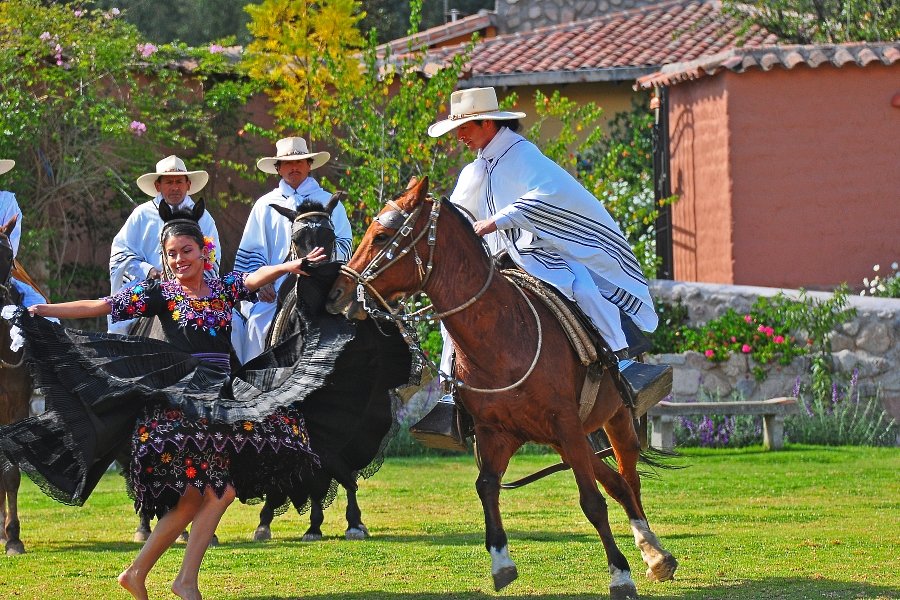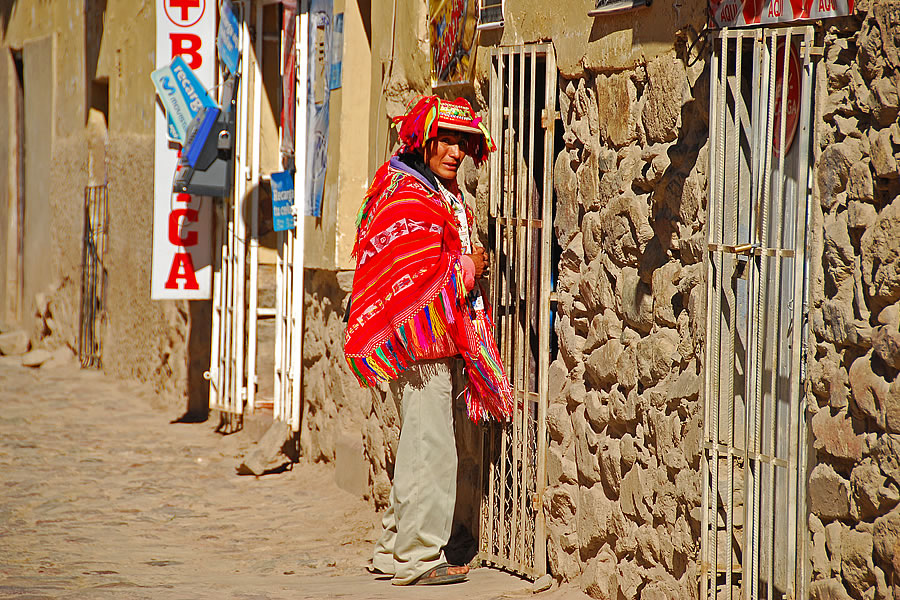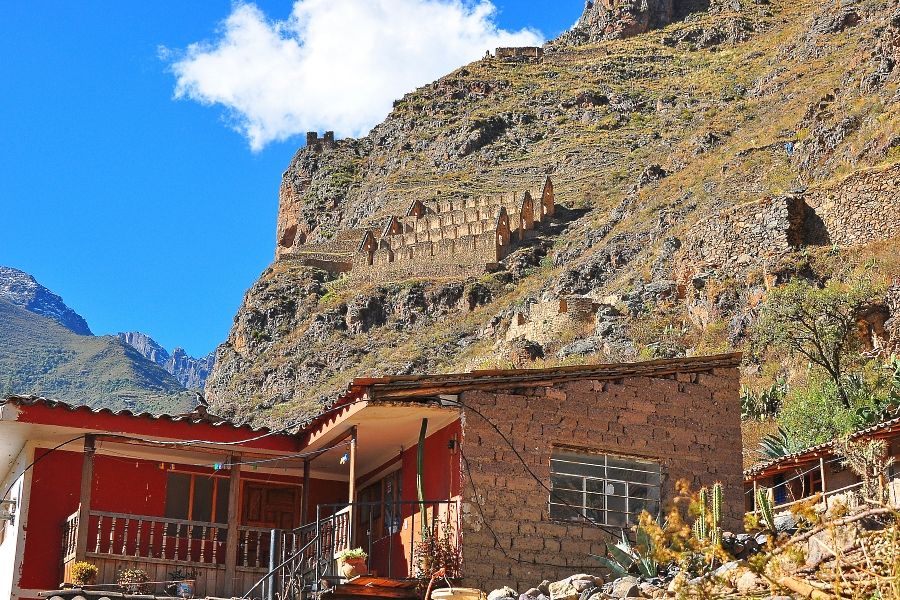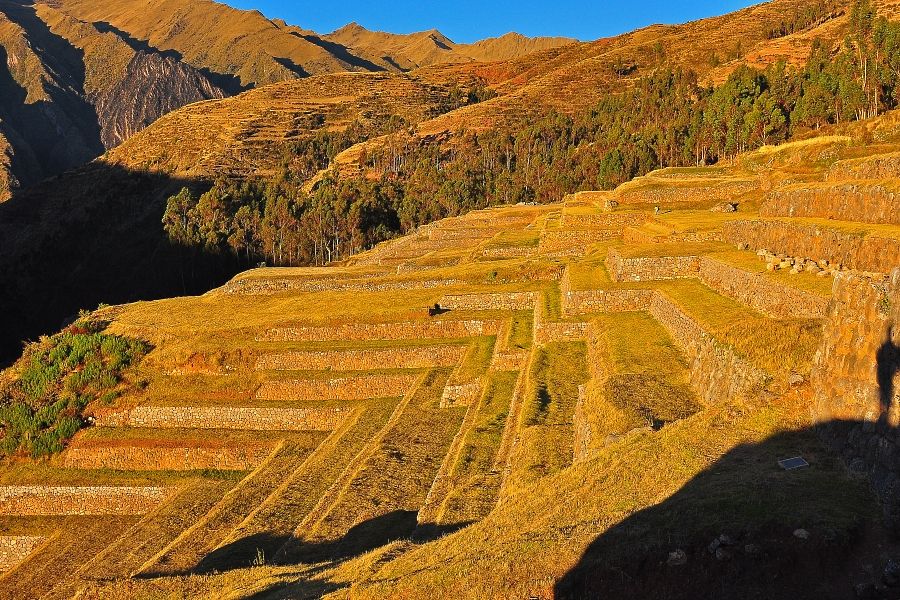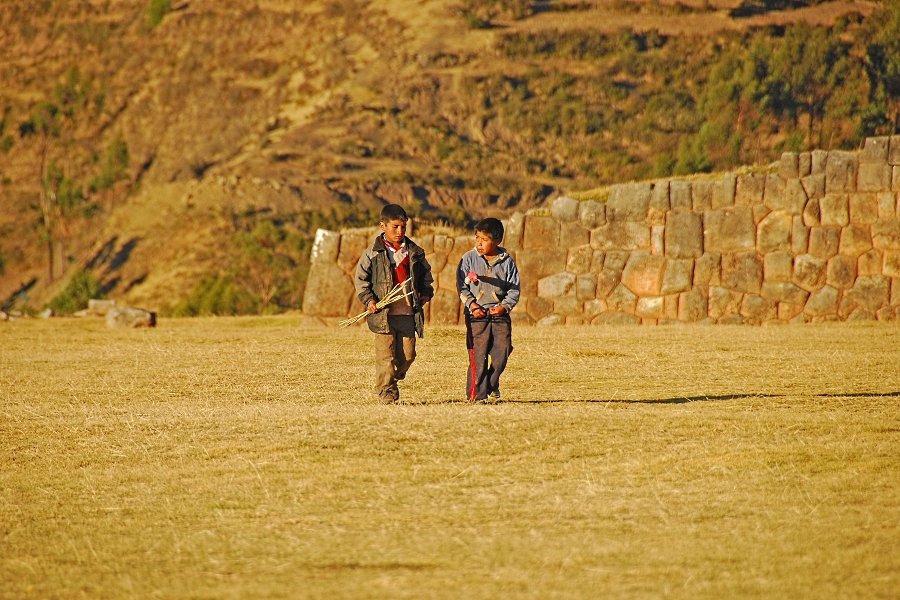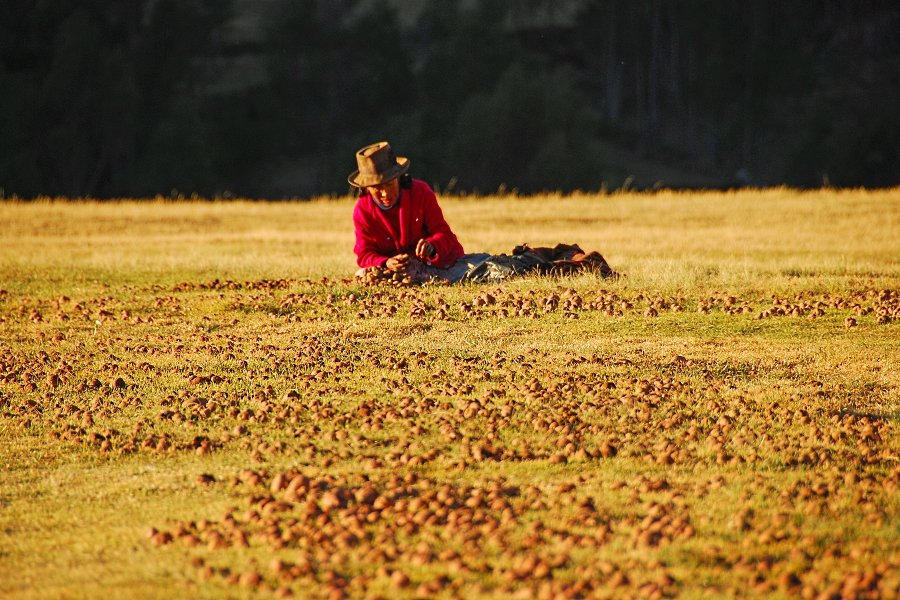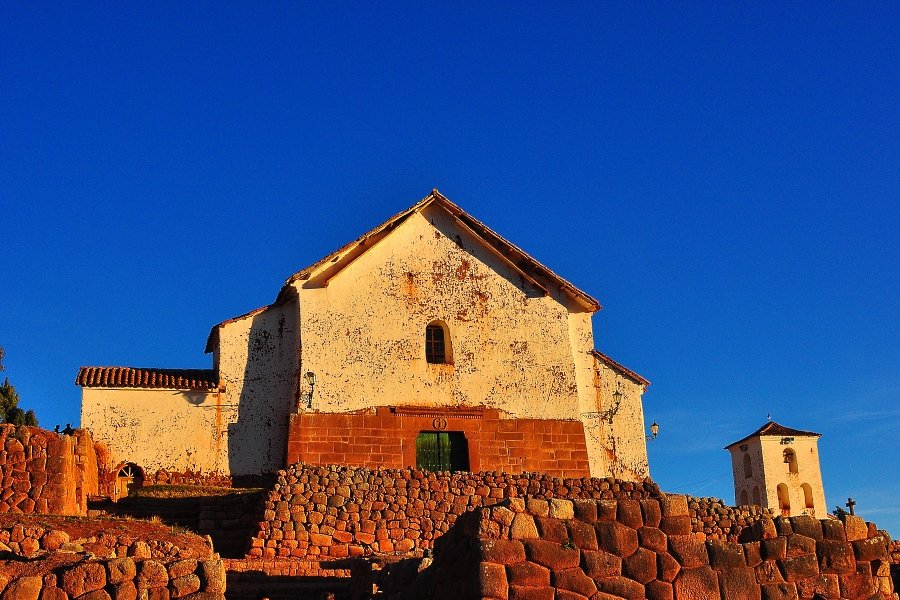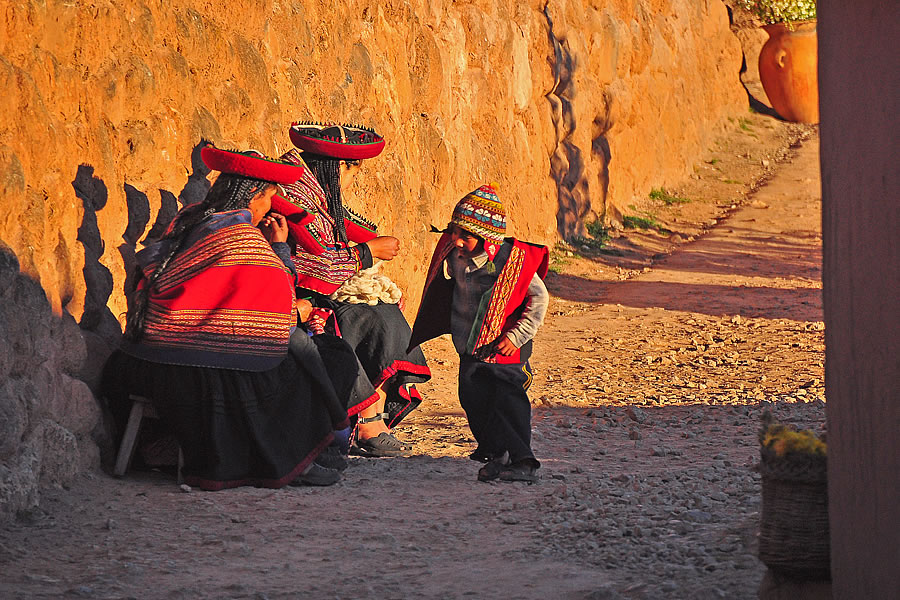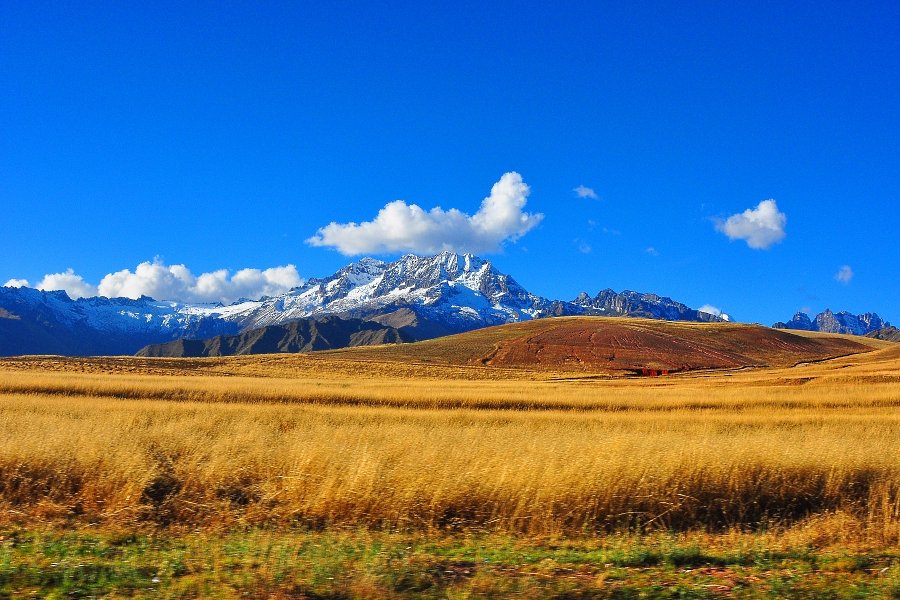Peru Trip, Part 2: Cuzco, Gateway to Machu Picchu
Francisco Pizarro's first two expeditions into South America were met with hardship and hostile encounters with the natives, but he and his two partners, Almagro and Luque, returned to Panama with enough stolen gold, silver and emeralds to substantiate their claim that vast riches were there for the taking.
Still, the Spanish governor of Panama refused to finance a third expedition, and Pizarro sailed for Spain to appeal to King Charles himself. The king approved of the third campaign, and Queen Isabel decreed that Pizarro would be made Governor of any land he conquered.
Somehow Pizarro's "partners," who were not there to look out for themselves, were officially relegated to subservient roles.
By this time, the Inca Empire had been weakened by a civil war and a smallpox epidemic (a new disease introduced by the Europeans). After a series of battles, Pizarro and the Inca ruler, Atahualpa, agreed to a meeting in the town of Cajamarca.
Atahualpa arrived in Cajamarca to find Pizarro's envoy in the plaza. The envoy invited Atahualpa to come inside and meet and dine with Pizarro.
With an army of 80,000 compared to fewer than 200 Spaniards, Atahualpa was confident and complacent, and refused, demanding the return of everything the Spanish had taken since they arrived. Pizarro's hidden infantry and cavalry attacked and succeeded in killing Atahualpa's guards and taking him captive.
Atahualpa promised to fill two rooms with silver and one with gold in exchange for his freedom. Pizarro agreed, but when the rooms were filled, Pizarro had him executed and took his wife as his mistress.
There was discord among the Spaniards, with some believing Pizarro had no right to execute a sovereign ruler in his own land.
Pizarro and Almagro set out for Cuzco, the center of the Inca Empire, their forces bolstered by indigenous fighters from tribes previously conquered by the Incas.
In 1533, they arrived at the outskirts of the town.
 Stepping off the plane in Cuzco, I first confirmed that I was still breathing.
Stepping off the plane in Cuzco, I first confirmed that I was still breathing.
As someone who has repeatedly experienced altitude sickness, I knew this colorful Peruvian city at 11,200 feet elevation would be my biggest hurdle on the way from Lima (at sea level) to Machu Picchu. Cuzco is literally the only gateway, with trains leaving daily.
I had prepared as best I could. I was fully hydrated with bottled water, free of alcohol, fortified with the altitude-sickness medication Diamox (acetazolamide) and literally brimming with the local remedy, coca tea. For good measure, I was munching coca candy.
I was determined to make it to Machu Picchu, at the manageable altitude of 8,000 feet, even if I had to cut short my planned two nights in Cuzco.
My backup plan in case shortness of breath became severe: a quick transfer to the Sacred Valley (1 ½ hours away) at 9,000 feet.
Plan C? Some time in Cuzco's hyperbaric chamber and the first flight back to Lima the following morning.
We found our guide, Javier, waiting for us inside the airport, and stepped out into the brilliant sunshine. The temperature was in the upper 60s F, not bad for the middle of winter in the Andes Mountains.
Then again, Cuzco is situated in a valley, and it was clear that the snow-covered peaks in the distance, the tallest of which rises to 20,900 feet, were experiencing very different temperatures.
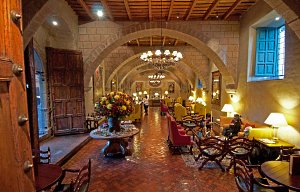
Javier accompanied us to the Hotel Monasterio, where we were greeted with cool towels and coca tea at the door and led into the hotel's breathtaking chapel for check-in and a brief orientation.
The original monastery was built in 1595, where an Inca palace had once stood. Walking through the chapel doorway was like stepping back in time to the days of the conquistadors, with magnificent paintings in gold-plated frames and an ornate, golden altar.
From there we entered the hotel proper with walls of stone and stucco, beautifully appointed rooms and landscaped courtyards, the largest of which is home to a fountain and a 300-year-old Cedar tree.
The Monasterio is an Orient-Express property, and like others owned or operated by this company, it is a very special place. I've stayed at Orient-Express luxury tented camps in Botswana -- extraordinary in every way -- and so I was excited to find during the planning process that they also operate the only hotel directly outside the ruins of Machu Picchu, the Sanctuary Lodge, as well as the luxury train, the Hiram Bingham, that would get us there. We had booked the trio.
Of the many endearing features of the Monasterio, I put oxygen-enhanced rooms near the top. Oxygen is piped into certain rooms 24 hours a day, raising the inspired oxygen level from 21% to 24%, in turn theoretically raising the level of oxygen in the body overnight and easing acclimation to the altitude.
Whether this actually works, I have no idea, even after staying there. But as you may already have guessed, in fighting altitude sickness, I am open to anything. Even placebo effects are gladly accepted.
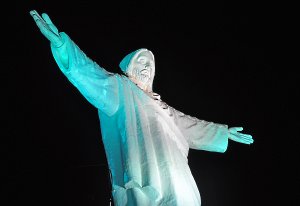
On that first evening, we visited the main town square (Plaza de Armas) and the gleaming Cristo Blanco, a 25-foot-tall illuminated statue of Jesus that overlooks the city, before enjoying an excellent dinner at the Monasterio restaurant.
Cuzco is hilly, and I paced myself throughout the sightseeing without incident but still spent a sleepless night with bouts of breathlessness. The next day I learned that none in our group had slept well but all felt good and ready for a day of exploration.
We boarded our private bus and set out for the Sacred Valley under brilliant blue skies, passing the Incan ruins at Sacsayhuaman and climbing to more than 12,000 feet before descending into the Urubamba Valley near the town of Pisac.
There we walked the colorful market before continuing to the Wayra Ranch in Yucay for a luncheon feast and an equestrian show with Peruvian Paso horses.
We boarded our bus once more for a visit to the scenic town of Ollantaytambo, one of the last centers of Inca resistance to the conquistadors. Granaries built of enormous, interlocking, hand-carved stones stand firm against the elements 500 years after construction, on mountain slopes so steep the accomplishment almost defies the imagination.
We left the Sacred Valley and climbed one thousand feet to the tiny village of Chinchero, where we strolled agricultural terraces in the last light of the day, casting long shadows until the darkness descended, bringing with it the cold.

We returned to Cuzco to find a festival of colorfully costumed dancers and musicians parading through the Plaza de Armas, the second celebration we had seen that day merging Catholic and Incan traditions.
In 1533, Pizarro and Almagro invaded this city and defeated the Incas. In the years that followed, from one end of the empire to the other, Inca palaces and temples were defaced or destroyed, with churches frequently constructed on the foundations.
But one Inca site was never found, and after Cuzco, it was perhaps the grandest of them all. No one knows what it was called then, but today it is called Machu Picchu, the Lost City of the Incas.
We leave in the morning.
Sincerely,
Alan Fox
Executive Chairman
Vacations To Go
Related newsletters:
Galapagos Cruise, Part 1: Quito & North Seymour Island
Galapagos Cruise, Part 2: Sea Lions, Albatross and More
Galapagos Cruise, Part 3: Santa Cruz, Bartolome, Isabela and Fernandina
Peru Trip, Part 1: En Route to Machu Picchu
Peru Trip, Part 3: The Lost City of the Incas

